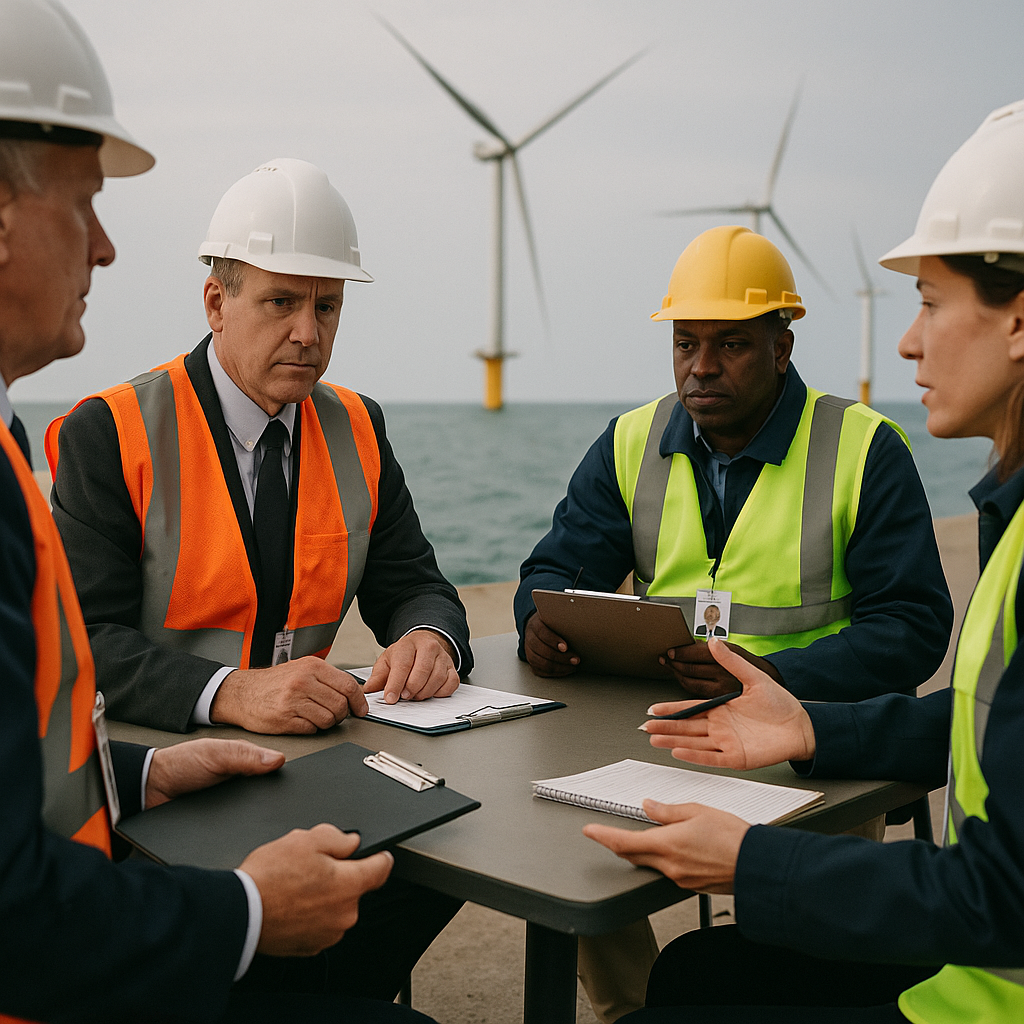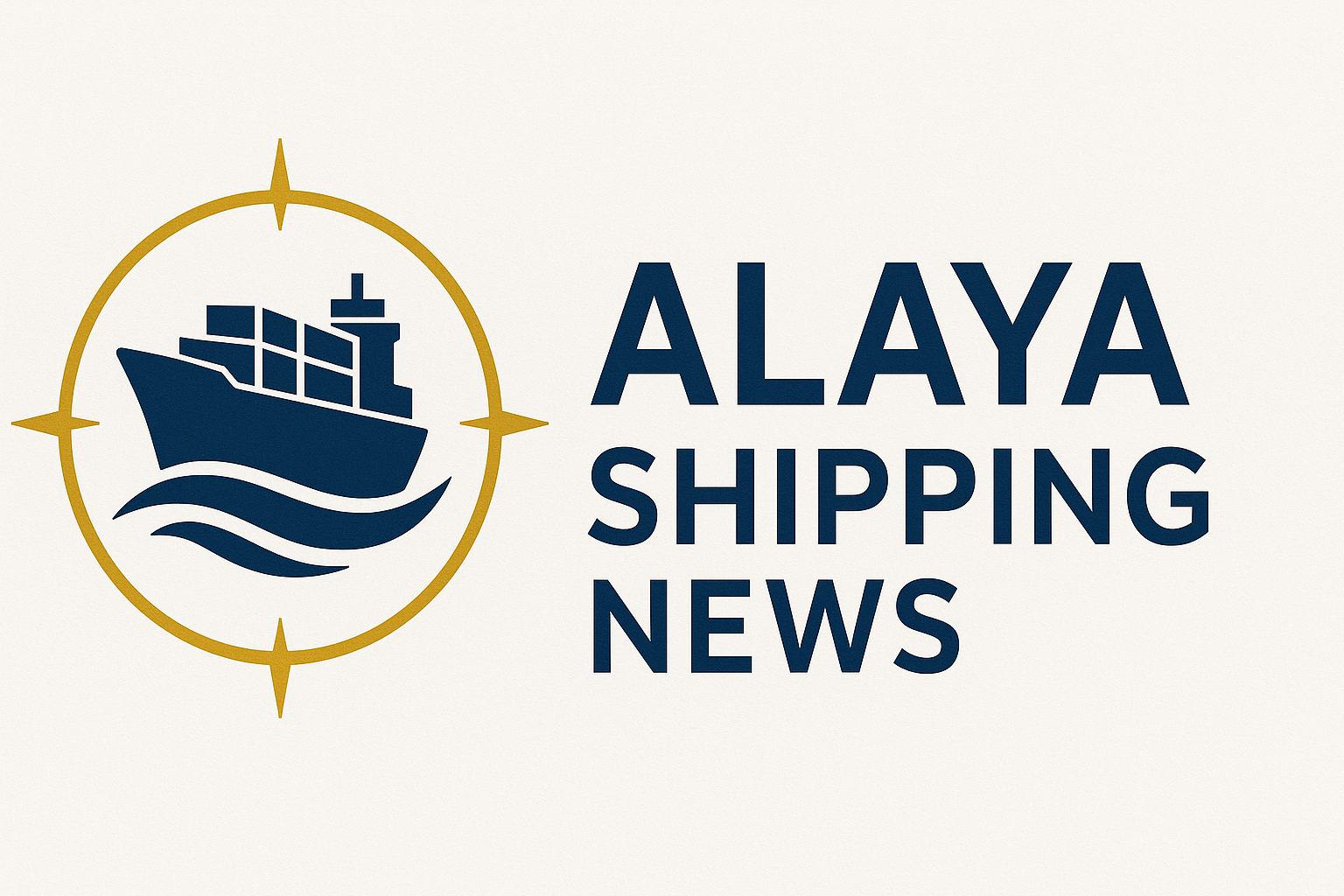
Trump Administration's Multi-Agency Review of Offshore Wind: A Turning Point for U.S. Energy Policy
In a move that could significantly impact the future of renewable energy in the United States, the Trump administration has initiated a comprehensive multi-agency review targeting offshore wind projects. This development comes at a critical time as the nation grapples with energy independence, climate change, and economic recovery post-pandemic. The review, spearheaded by key federal agencies, aims to scrutinize the regulatory framework governing offshore wind energy, potentially reshaping the landscape for this burgeoning sector.
The Regulatory Landscape: A Complex Web
The offshore wind industry in the United States has long been entangled in a complex regulatory web that involves multiple federal and state agencies. According to gCaptain, the Trump administration’s review seeks to streamline these processes, ostensibly to reduce bureaucratic hurdles and accelerate project approvals. However, the initiative has sparked concerns among environmentalists and industry stakeholders who fear that it may lead to weakened environmental safeguards.
The review involves the Department of the Interior, the Department of Energy, and the Department of Commerce, among others. Each agency plays a crucial role in the permitting and oversight of offshore wind projects. The Department of the Interior, through the Bureau of Ocean Energy Management (BOEM), is responsible for leasing federal waters for wind farms. Meanwhile, the Department of Energy focuses on research and development, and the Department of Commerce, through the National Oceanic and Atmospheric Administration (NOAA), oversees the environmental impact assessments.
Fleet Developments: A Boost for Maritime Training
Amidst the regulatory review, the maritime sector is witnessing significant developments that could support the offshore wind industry. The recent christening of the new federal training vessel at Hanwha Philly Shipyard, as reported by gCaptain, marks a pivotal step in bolstering the maritime workforce. The Maine Maritime Academy’s new vessel is designed to provide state-of-the-art training for cadets, equipping them with the skills necessary to operate in the evolving maritime landscape.
This development is particularly relevant as the offshore wind sector requires a skilled workforce capable of managing complex operations at sea. The training vessel represents a strategic investment in human capital, ensuring that the U.S. maritime industry can meet the demands of a growing offshore wind market.
Geopolitical Implications: Navigating International Waters
The Trump administration’s focus on offshore wind also has significant geopolitical implications. As countries around the world vie for leadership in renewable energy, the United States’ approach to offshore wind could influence global energy dynamics. European nations, particularly the United Kingdom and Germany, have been at the forefront of offshore wind development, setting benchmarks for capacity and technological innovation.
By undertaking a multi-agency review, the U.S. signals its intent to compete on the global stage. However, the outcome of this review will determine whether the U.S. can align its regulatory framework with international standards, thereby attracting foreign investment and fostering international collaboration.
Supply Chain Considerations: Challenges and Opportunities
The offshore wind sector presents both challenges and opportunities for the U.S. supply chain. The industry relies heavily on specialized components, such as turbines and substations, which are often sourced from international manufacturers. The multi-agency review could address these supply chain dependencies by encouraging domestic production and innovation.
However, as noted by industry analysts, the U.S. must navigate potential trade tensions and tariffs that could impact the cost and availability of critical components. The review provides an opportunity to assess these supply chain vulnerabilities and develop strategies to enhance domestic capabilities, thereby reducing reliance on foreign suppliers.
Analyst Perspectives: Navigating Uncertainty
Industry analysts offer varied perspectives on the potential outcomes of the Trump administration’s review. Some view the initiative as a bullish signal for the offshore wind sector, suggesting that streamlined regulations could lead to increased investment and accelerated project timelines. This optimistic outlook hinges on the assumption that the review will balance regulatory efficiency with environmental protection.
Conversely, other analysts adopt a more cautious stance, highlighting the bear scenario where regulatory rollbacks could provoke legal challenges and public opposition, ultimately stalling progress. The success of the review will depend on its ability to address stakeholder concerns while fostering a conducive environment for growth.
Conclusion: Navigating the Future of Offshore Wind
The Trump administration’s multi-agency review of offshore wind projects represents a pivotal moment for the U.S. energy sector. In the base scenario, the review could lead to a more efficient regulatory framework that supports sustainable growth. The bull scenario envisions a thriving offshore wind industry that positions the U.S. as a global leader in renewable energy. However, the bear scenario warns of potential setbacks if regulatory changes undermine environmental protections and provoke public backlash.
As the review unfolds, the U.S. must balance the need for regulatory reform with the imperative to protect natural resources and foster public trust. The outcome will shape the trajectory of offshore wind development and its role in the nation’s energy future.
Sources (selection):
